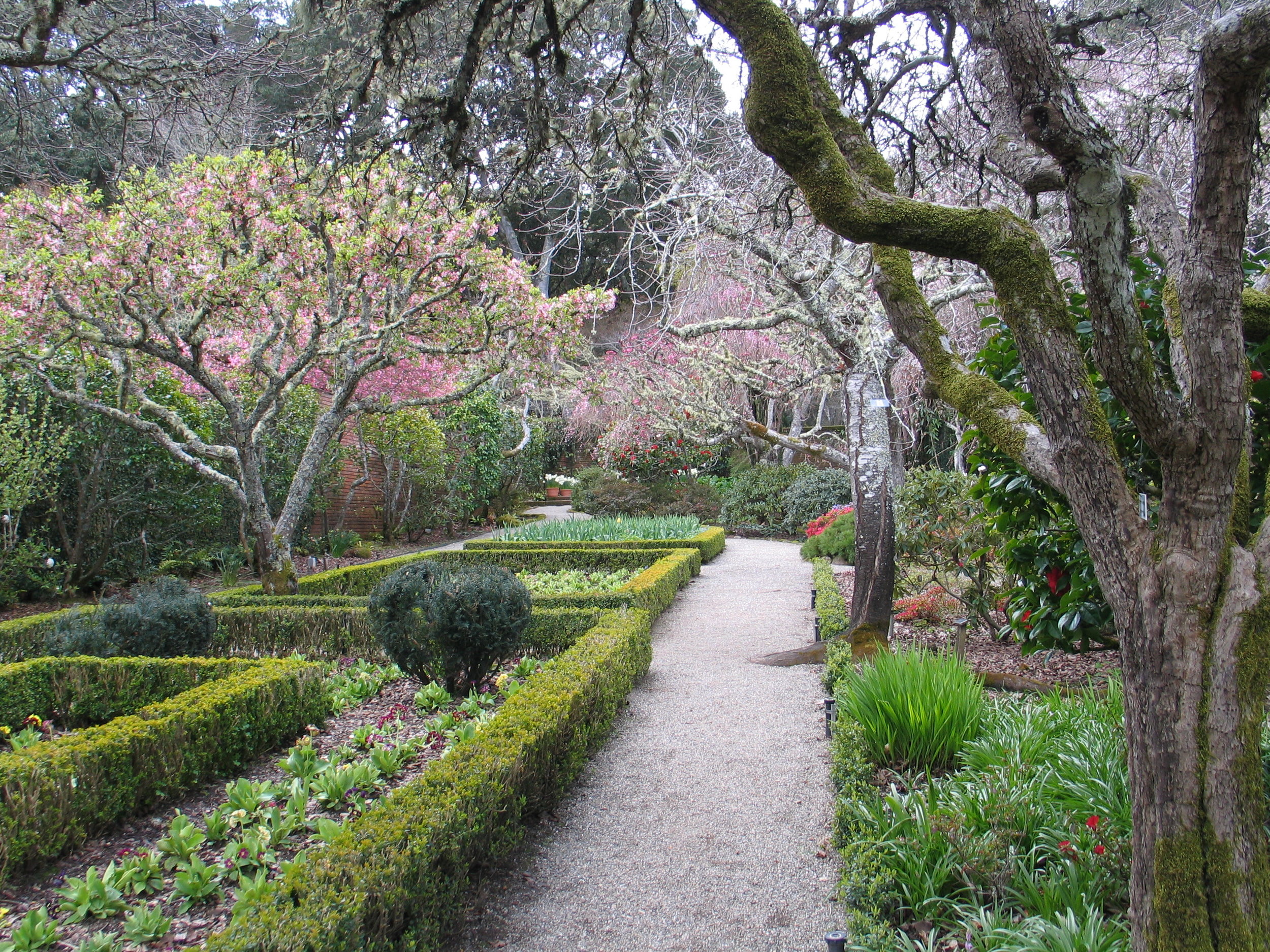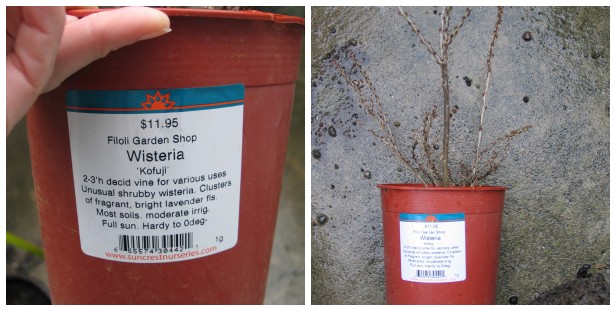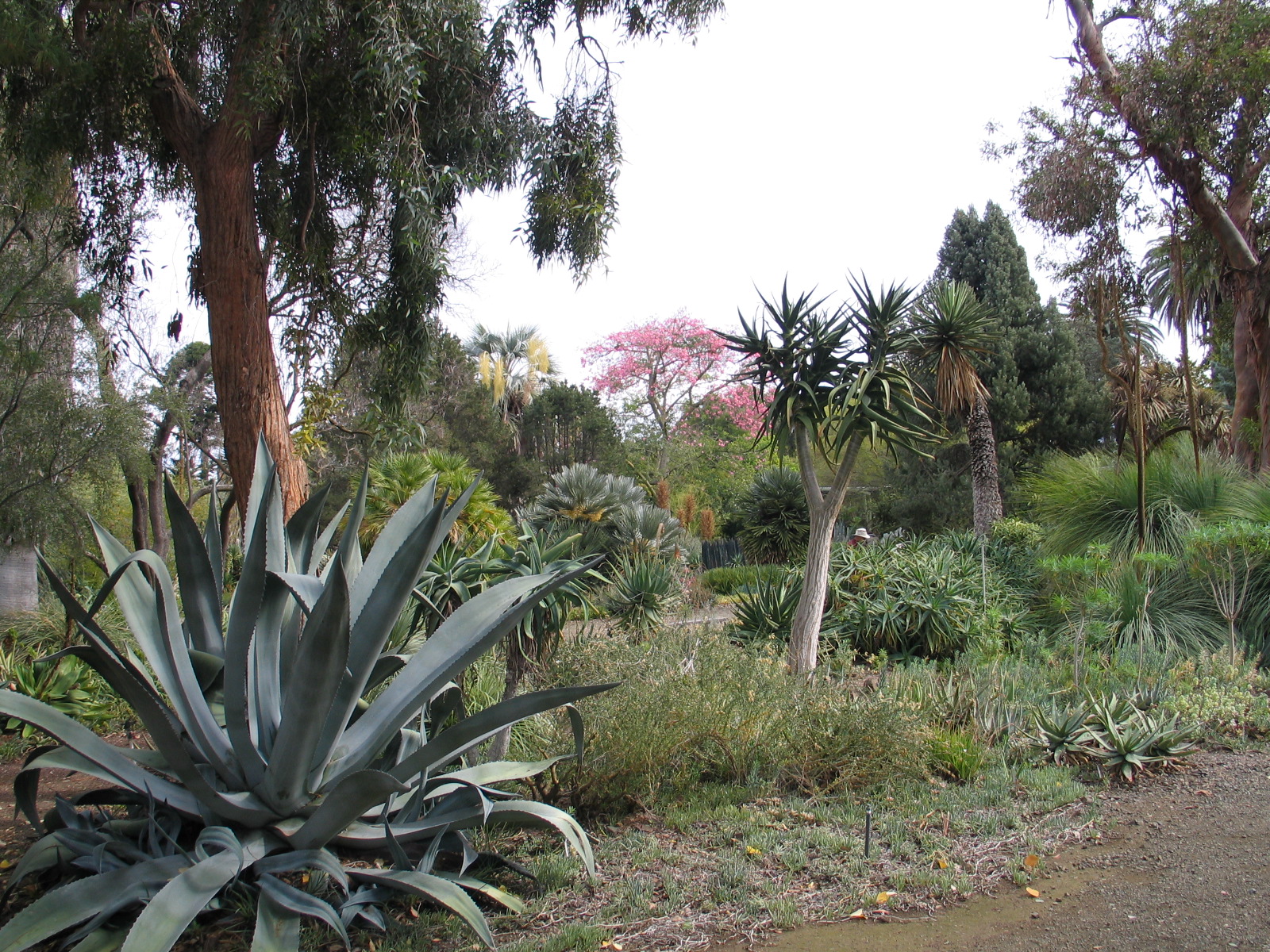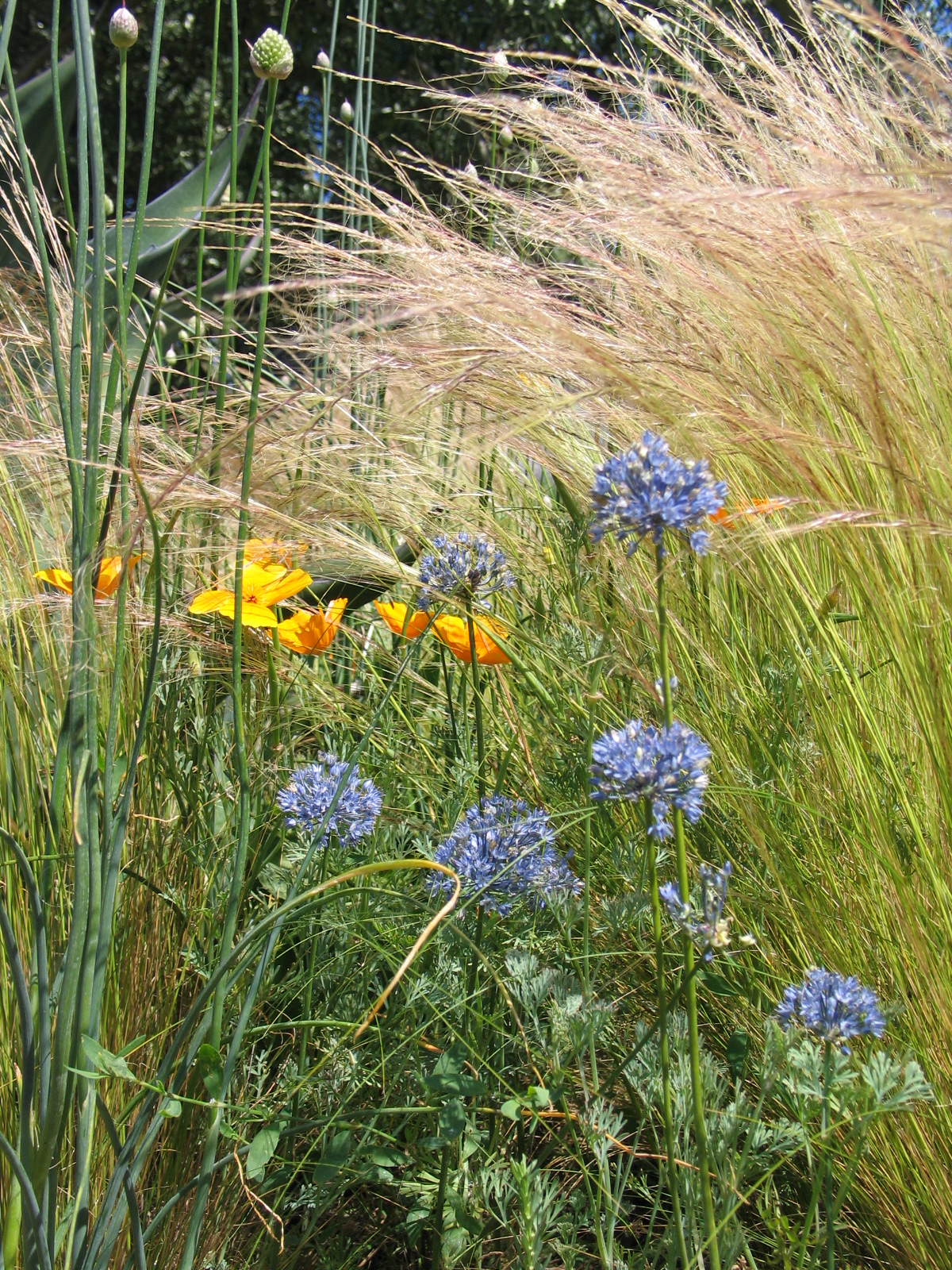A new client's project calls for seasonal plantings in two important pots sitting atop columns flanking the front walkway. I hope to be able to show you the changes we make to the planting palette in the rest of the garden, not sure when, but tonight I have seasonal plantings on the brain.I don't get asked for seasonal plantings very often, so I dove into all the bazillions of options - so many plants, so many cultivars of each! Do you know how many Violas there are? Heucheras? Ipomoea, Coleus, Petunia, and so forth!!? I wound up with 60 photos in short order and had to figure out how to organize it so the Owner (or I) wouldn't have a stroke from too many options. Below are 36 of the 60 I saved right off the bat, you can see how the editing process becomes king. Some are my own photos, some from various growers, many came from Proven Winners (credit where it is due!) which is a large commercial grower that supplies pretty much every nursery I know:There are many constraints in narrowing this down: changes pending in the rest of the garden, soil volume in the planters, and the intention of swapping the plants out seasonally. Additionally, whatever we plant has to look good when it is new, add color coordinated with a TBD planting palette, and be showier than the succulents they have now which blend-in too much with their surroundings. The most limiting of these is the soil volume - not much soil volume = not big plants and not very many. I know, we've all seen photos of amazing stuff in teensy pots, but this is usually the result of growers' careful (read: fertilized like crazy under perfect greenhouse conditions) management and not what we might expect at home.I assume you're familiar with the "recipe" for container plantings? Some say you need "spillers", "fillers", and "thrillers". That's great if you have room for all that diversity and you want mixed plantings. I am not so sure these planters will look so good with too many different things; the soil is only 13" across and 9" deep. They're beautiful planters, just not very big.I came up with a strategy - after I saved all those photos. My strategy with most planting palettes is to gather in lists and photos everything I think will work and then edit until only a few favorites remain. I often print photos of everything and arrange them all over my desk, developing groupings of favorites and rejects, moving photos between these groups often until I've covered all the bases - seasonal interest, form, leaf color and texture, etc. Further edits seek to eliminate anything that clutters the vision, and viola! ... until I show it to my Client ...So tonight, to stave-off the aforementioned stroke, I limited the plants to 3 options: two plant combos, one plant that will fill-in, and bulbs planted under something else. I further limited the options to annuals (except the bulbs) and to color groupings I named "Chartreuse Juice" (a small sample of the options above) and "Lavender Carmel" (a small sample of the options below). They seemed to separate themselves out naturally and fit in with the two plant palette options I am proposing for the rest of the garden.Given that the planters are only big enough for one or two kinds of plants at a time, that will be the next step with the Client - what looks good together? What can stand on its own? I still have waaay too many options, but I know my favorite combinations, and the outliers will be held back so we both don't need ambulances by the end of our meeting.(and yes, I had entirely too much fun with Big Huge Labs making these mosaics)
Italian Garden in the fall
I was just sent two new photos of my project in Italy (mentioned before HERE) now that it is fall. The garden looks fantastic, which is a real testament to the Owners taking such wonderful care of it! That is such an important aspect of any garden's success, and I'm delighted to share these images with you:
Filoli March 2012
 I went to Filoli AGAIN! I know, I know, I don't put up any new posts for practically a year, then I go to Filoli yet again, and start a fourth post on how awesome it is. Pretty lame, but I have a new friend (and an observation about the nursery industry) because of this particular trip.Filoli is awesome and the people watching (really, people overhearing) can't be beat. Best line of the day came from an elderly gentleman to his wife near the parking lot: "would you like me to carry your bag?". There were some ladies settled on a bench behind the main house talking about something that sounded very personal. I also enjoyed the murmurings of tour groups as they responded to their tour guide's proclamations, and a few occasions where people were clearly seeing something new to them (a double flowered daffodil confounded one woman who wondered aloud if it was really three flowers that had grown together). One visitor was wearing a pretty lavender scarf that was perfectly in tune with this planting of bulbs behind offices (near the gift shop).
I went to Filoli AGAIN! I know, I know, I don't put up any new posts for practically a year, then I go to Filoli yet again, and start a fourth post on how awesome it is. Pretty lame, but I have a new friend (and an observation about the nursery industry) because of this particular trip.Filoli is awesome and the people watching (really, people overhearing) can't be beat. Best line of the day came from an elderly gentleman to his wife near the parking lot: "would you like me to carry your bag?". There were some ladies settled on a bench behind the main house talking about something that sounded very personal. I also enjoyed the murmurings of tour groups as they responded to their tour guide's proclamations, and a few occasions where people were clearly seeing something new to them (a double flowered daffodil confounded one woman who wondered aloud if it was really three flowers that had grown together). One visitor was wearing a pretty lavender scarf that was perfectly in tune with this planting of bulbs behind offices (near the gift shop). So - while I was over here near the gift shop, I did a little poking around their plant selections and I just had to buy something that was new to me! I found a dwarf Wisteria called 'Kofuji'. It is supposedly a shrub form wisteria that will stay within 2-3' ht x sp (height by spread). I googled it and found very little information on it, but the label was from a wholesale grower, so there's hope of finding it again. I am going to stick it in a pot outside my back door and see what happens. Here's my new friend:
So - while I was over here near the gift shop, I did a little poking around their plant selections and I just had to buy something that was new to me! I found a dwarf Wisteria called 'Kofuji'. It is supposedly a shrub form wisteria that will stay within 2-3' ht x sp (height by spread). I googled it and found very little information on it, but the label was from a wholesale grower, so there's hope of finding it again. I am going to stick it in a pot outside my back door and see what happens. Here's my new friend: Here's what I'm getting to: I've had my own garden on my mind lately (as well as those of clients), and have been visiting local nurseries to see what is interesting. I depend on nurseries to carry a wide variety of plants including the newer introductions so that I can take pictures for my clients (especially of certain plants together!) and test grow stuff in my patio, see how they do, get to know them personally. I like to think that through this process, I can not only suggest the exact cultivar I would propose for their project, but also have a reasonable expectation of being able to secure that plant when the time comes. Unfortunately, even though my new Wisteria friend originated at a well known wholesale grower, I had to go all the way across the bay to Filoli to discover it.Sadly, nurseries have been struggling along with the rest of the design and construction industries for the last few years. Last year, I noticed that they were under-staffed, under-stocked, and had extended seasonal closures. This year, what I am noticing is a lack of variety and larger materials. They're selling old standbys in smaller sizes and have reduced or eliminated the expense of ordering from a wider number of growers and also are not putting as much effort into creating big displays that I am sure ate up some money for them in the past (but was probably worth it when people were buying!). They seem to be avoiding the riskiness of bringing in less commonly known plants. I can't usually leave a nursery without buying something, but this spring, I've been through several - the Wisteria is the first plant I bought this year - which is saying something!So please - go and show your local nursery some love (not Home Depot). Buy a small plant or some seeds, let them know you're still out there. Your community and your garden will thank you. Meanwhile, here's some more of the wonderfulness that is Filoli:
Here's what I'm getting to: I've had my own garden on my mind lately (as well as those of clients), and have been visiting local nurseries to see what is interesting. I depend on nurseries to carry a wide variety of plants including the newer introductions so that I can take pictures for my clients (especially of certain plants together!) and test grow stuff in my patio, see how they do, get to know them personally. I like to think that through this process, I can not only suggest the exact cultivar I would propose for their project, but also have a reasonable expectation of being able to secure that plant when the time comes. Unfortunately, even though my new Wisteria friend originated at a well known wholesale grower, I had to go all the way across the bay to Filoli to discover it.Sadly, nurseries have been struggling along with the rest of the design and construction industries for the last few years. Last year, I noticed that they were under-staffed, under-stocked, and had extended seasonal closures. This year, what I am noticing is a lack of variety and larger materials. They're selling old standbys in smaller sizes and have reduced or eliminated the expense of ordering from a wider number of growers and also are not putting as much effort into creating big displays that I am sure ate up some money for them in the past (but was probably worth it when people were buying!). They seem to be avoiding the riskiness of bringing in less commonly known plants. I can't usually leave a nursery without buying something, but this spring, I've been through several - the Wisteria is the first plant I bought this year - which is saying something!So please - go and show your local nursery some love (not Home Depot). Buy a small plant or some seeds, let them know you're still out there. Your community and your garden will thank you. Meanwhile, here's some more of the wonderfulness that is Filoli:
Filoli Before Spring
Notice how even in lousy light and with the deciduous woody plants being void of leaves, this garden is photogenic? That it's simple (especially at this time of year, before the flower riot is in full swing) the plantings are stunning, and how the structure of this garden - the layers and mass of its "bones" - support the flower beds. When looking at the images, did you feel like it was not colorful enough? I didn't.
Read moreRuth Bancroft Garden
Ruth Bancroft Garden shade structure and Palo Verde tree
flowering blue palm
Ruth Bancroft Garden Oct 09
Bench at Ruth Bancroft Garden
I finally went. I've been meaning to go to the Ruth Bancroft Garden for years, and I am so glad I finally went today. Nice and overcast, not hot out, quiet with few visitors. They're closing soon for most of the winter, so this was a last chance day. I enjoyed the garden, but I was surprised both at how big it is and also how small given the reputation. Getting there is easy, figuring out what to do next was confusing. I passed the whole thing the first time, having missed the entrance....then we drove around the back to park in (apparently) someone's driveway?Anyway - the whole experience was fun, the garden could do with some work, more seating, and a proper gift shop. Today was one of those instances when I badly wish I could win the lottery and make it all better. Even though it is scrappy in many areas, it was also easy to find a flattering angle for pictures - something I attribute to the layout being very relaxed and organic, no edging or excessive ornament, and the plants being a well layered mix of nice big mature specimens with smaller plants. There were lots of plant labels but no labels on plants I wanted to identify / verify.All in all, worth the ten bucks to support a local treasure.....even if it did mix all kinds of weird stuff in with natives with little explanation of what we were looking at and there was only one bench in the whole place. I'd not call it a botanical garden, but I had a really nice half day out.
Garden of Contrasts
garden of contrasts
However, when I was last at Cornerstone, I saw the Garden of Contrasts by Oehme and van Sweden for the first time. WELL! Spikey, beautiful green Agaves sit solidly among ever-swishing Stipa tenuissima and the flower heads of Allium caeruleum and the occasional California Poppy. The scene doesn't stop moving, revealing those little teensy hits of pure blue (the Allium flowers) and orange.
Read more










